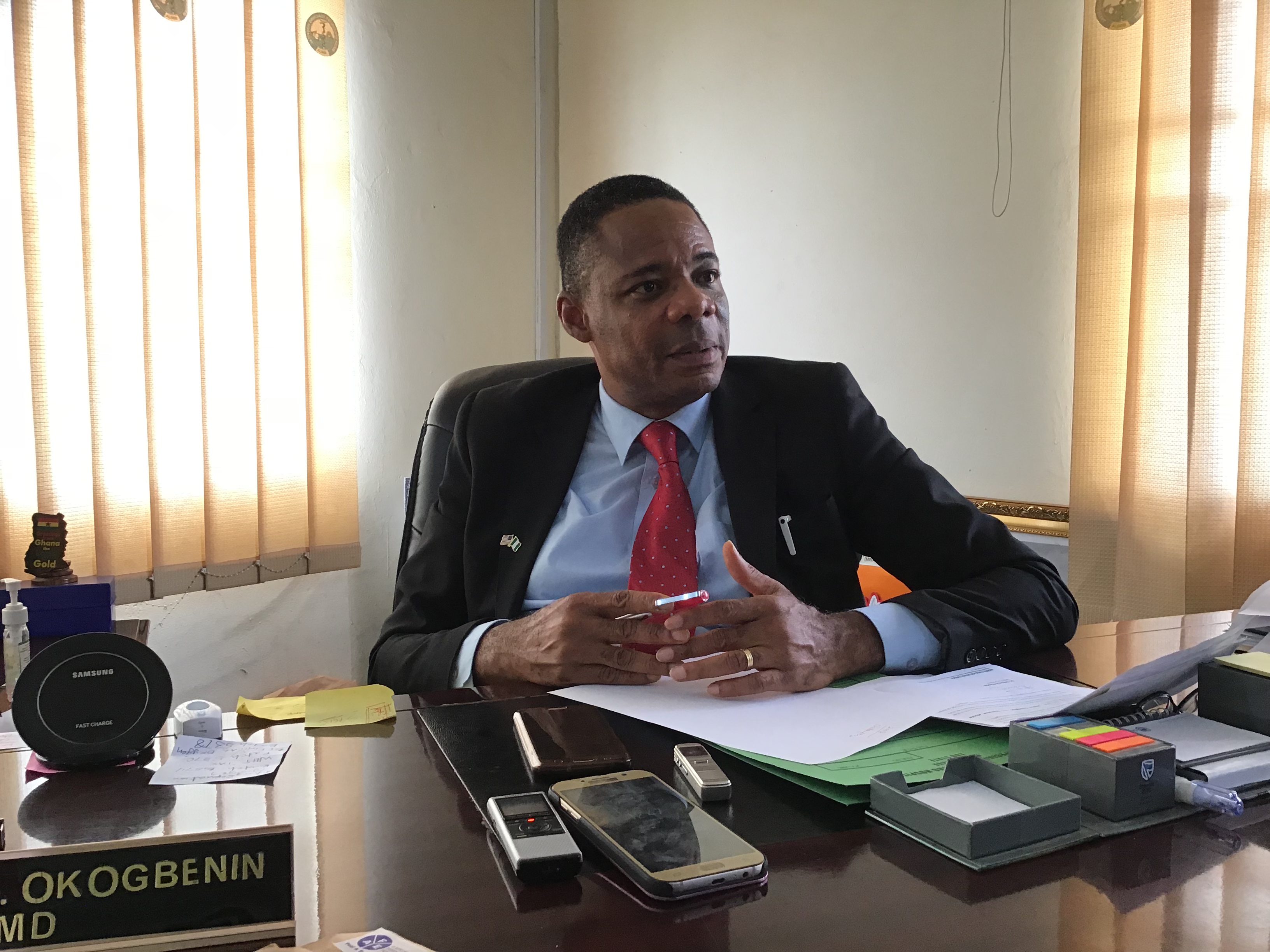Prof. Sylvanus Okogbenin, the Chief Medical Director (CMD), Irrua Specialist Teaching Hospital (ISTH), Edo, says Lassa fever mortality rate has reduced tremendously in the country.

Okogbenin told the News Agency of Nigeria (NAN) on Wednesday in Irrua, Edo, that the mortality rate had dropped to a single digit from the 14 per cent it was in 2018.
He said that the result was achieved in collaboration with the Federal Ministry of Health, Nigeria Centre for Disease Control (NCDC), World Health Organisation (WHO) and other partners.
“You will understand that ISTH is renowned for the management, diagnosis and control of Lassa fever through the Institute of Lassa Fever Research and Control, which came into existence in 2007.
“Over the years, we have had this annual epidemic of Lassa fever but over the years, it has become better and better.
“This is demonstrated in the mortality rate of the disease on annual basis because there was a time the mortality was over 40 per cent, then it fall to 20 per cent.
“Last year we had mortality rate of 14 per cent; 14 per cent is the lowest mortality that has ever been recorded in any epidemic of Lassa fever.”
He added that: “One of the targets that were set for this year is to get single digit mortality.
“So far, the epidemic of 2019 is not over and we have been able to achieve that for this long, thereby making the mortality for Lassa fever below 10 per cent.
“I think it is a feat we are happy to speak about; that is why I said that there will always be challenges but it is much better than it used to be.”
According to him, creation of public awareness contributed immensely to the low mortality rate so far recorded in 2019.
“There is more awareness now compared to 10 years ago.
“And you see, patients come in earlier than they used to because when a patient comes early, the chances of survival is very high; that has happened a lot this year.
“Part of the preparations for the epidemic is that we have stocks of supply and this year was particularly very good because NCDC was able to supply us with Ribavrin and supplies of Personal Protective Equipment.
“In fact, when there was manpower shortage, they were able to bring in some staff to help us with the response. And that is why the mortality significantly reduced.
“Again, we now have Intensive Care Unit for Lassa fever patients,” Okogbenin said.
Mrs Kehinde Oboro, the state Disease Surveillance Officer, also told NAN that the state was currently training Disease Surveillance Officers (DSOs) in the 18 Local Government Areas on safety measures as concerns nosocomial (hospital acquired infection) infections.
Kehinde said the training became necessary after seven health workers became infected with Lassa fever in the state.
“One of the infected health workers eventually died of the disease but the other six survived.
“So, this training also involved all caregivers, clinicians and morticians on how to save themselves and other corpses in the mortuary from contacting Lassa fever.
“Focal persons among whom are teachers, farmers and chemists are also being trained on the 41 diseases of public health importance,” Oboro said.
She, however, pleaded with the Federal and State Governments to assist the Edo State Public Health Emergency Operation Centre with surveillance vehicles to enable them effectively monitor the 18 LGAs of the state.
(NAN)

